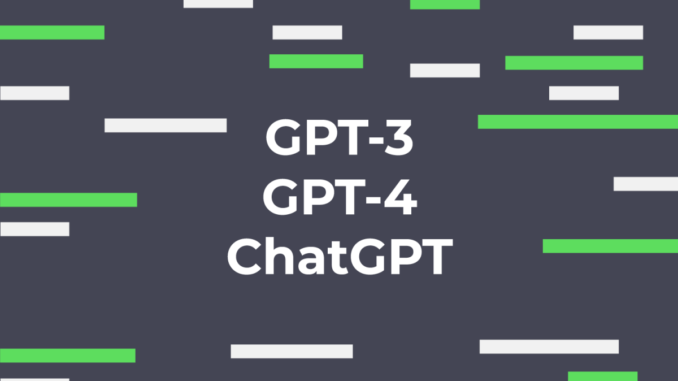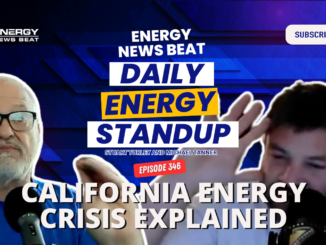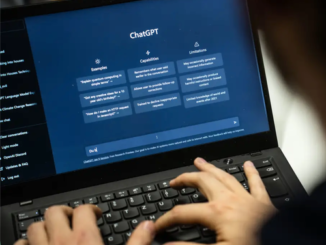
OpenAI, the company behind the viral chatbot ChatGPT, has announced the release of GPT-4.
In a blog post, the San Francisco artificial intelligence lab co-founded by Elon Musk and Sam Altman in 2015 said that its latest version is “multimodal”, meaning that the platform can accept image and text inputs and emit text outputs.
Sam Altman, OpenAI’s chief executive, said on Twitter that GPT-4 was the “most capable and aligned” model yet, though “it is still flawed”.
He added that it is “more creative than previous models, it hallucinates significantly less, and it is less biased”.
What is ChatGPT and what are the differences between GPT-3 and GPT-4?
GPT stands for generative pre-trained transformer which is a type of large language model (LLM) neural network that can perform various natural language processing tasks such as answering questions, summarising text and even generating lines of code.
Large language models use a technique called deep learning to produce text that looks like it is produced by a human.
ChatGPT is an AI chatbot application that uses GPT-3 and GPT-4’s language models that people can interact with. If ChatGPT was a car then GPT-3 or GPT-4 would be the engine that powers it.
GPT-3 was initially released in 2020 and was trained on an impressive 175 billion parameters making it the largest neural network produced. GPT-3 has since been fine-tuned with the release of the GPT-3.5 series in 2022.
GPT-4 is the successor to GPT-3. Launched on March 14, OpenAI says this latest version can process up to 25,000 words – about eight times as many as GPT-3 – process images and handle much more nuanced instructions than GPT-3.5.
How can you access GPT-4?
For those new to ChatGPT, the best way to get started is by visiting chat.openai.com. Sign up for a free account which will give you access to GPT-3.
In order to use GPT-4, users have to subscribe to ChatGPT Plus, a $20 monthly subscription, for premium access to the service. At the time of writing, GPT-4 has a cap of 100 messages every four hours.
What new things can you do with GPT-4?
OpenAI says “GPT-4 excels at tasks that require advanced reasoning, complex instruction understanding and more creativity”.
In just a few hours since its launch, users have reported several creative uses of GPT-4, including:
Describe images and generate recipes
GPT-4’s multimodal feature allows users to upload images such as a photo of flour, butter, eggs and milk and GPT-4 will recommend some tasty treats that can be made with those ingredients. This feature, however, does not yet appear to be available to GPT-4 subscribers from the public.
Code video games
Twitter users have also been demonstrating how GPT-4 can code entire video games in their browsers in just a few minutes. Below is an example of how a user recreated the popular game Snake with no knowledge of JavaScript, the popular website-building programming language.
Create websites
GPT-4 has also been used to transform a hand-drawn sketch into a functional html page as demonstrated below.
What’s next?
To test out the new capabilities of GPT-4, Al Jazeera created a premium account on ChatGPT and asked it what it thought of its latest features.
Our question: What is new in GPT-4?
Looking at its response, let’s just say it wasn’t yet aware of its new features at the time.
(Al Jazeera)
When asked when its training data was last updated, it responded: “My training data was last updated in September 2021. Consequently, my knowledge and understanding of events, developments, and advancements are limited to that timeframe. I am unable to provide information on any events or updates that have occurred since then.”
(Al Jazeera)
AI chatbots are moving quickly. In February 2023, Google launched its own chatbot, Bard, that uses a different language model called LaMDA.
In addition to Google, tech giants such as Microsoft, Huawei, Alibaba, and Baidu are racing to roll out their own versions amid heated competition to dominate this burgeoning AI sector.
Launched on March 14, GPT-4 is the successor to GPT-3 and is the technology behind the viral chatbot ChatGPT.
ENB Top News
ENB
Energy Dashboard
ENB Podcast
ENB Substack



